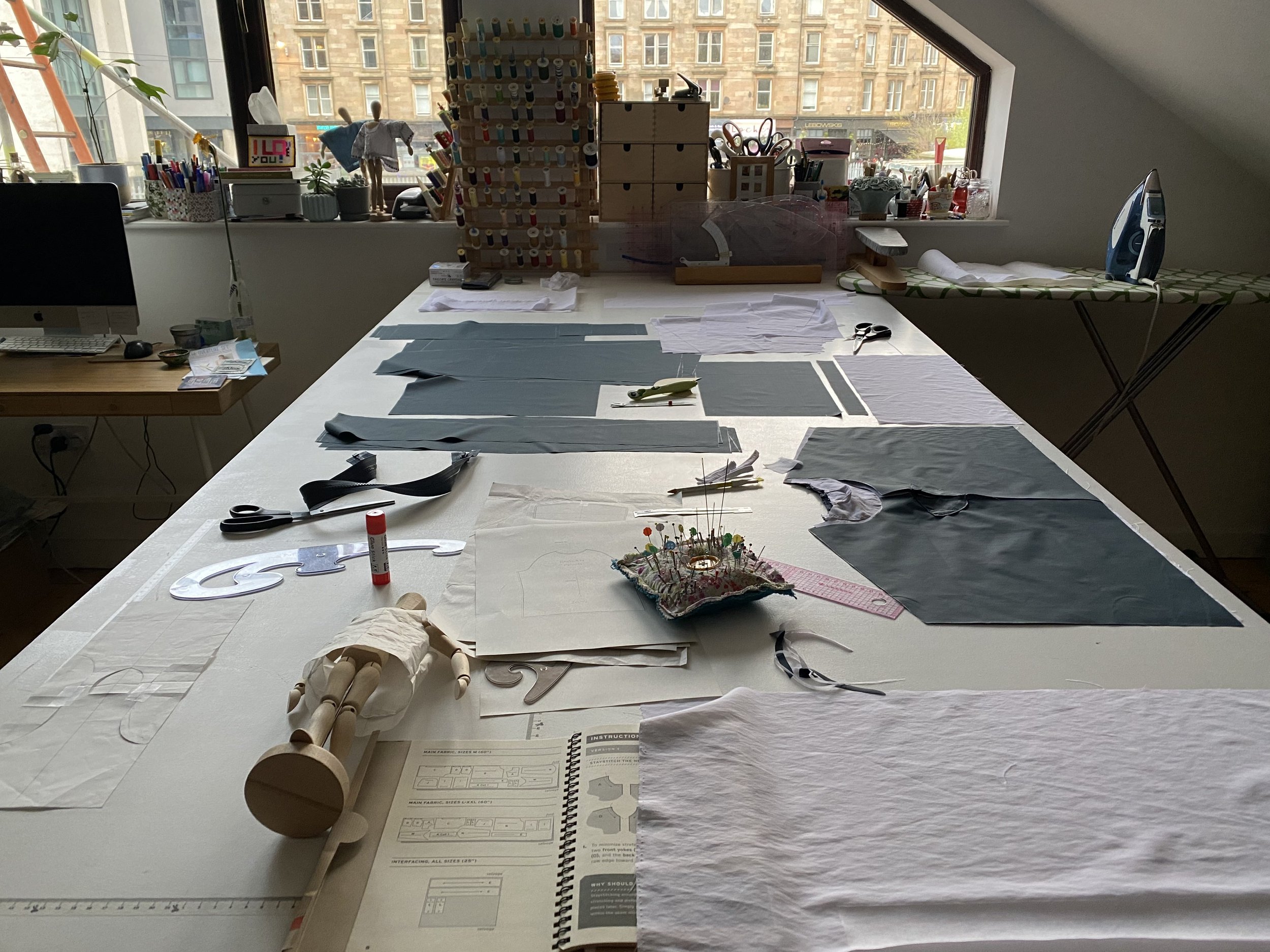Design













The Problem
The waste generated from Design is derived from sample garments.
~1.44
MILLION
tonnes of textile waste generated globally per year. Equivalent volume of 30 x Hydro, Scotland (COP26 venue).
$1.12
MILLION
waste value. Equivalent to giving all the 500,000 textile/garment workers in Cambodia an additional months pay every year.
One Solution
Zero Waste Design Online are an international collective that develops online educational resources in the field of zero waste design (ZWD) and systems thinking for fashion. We seek to transform the industry through education, community collaboration and open dialogue around garment construction, pattern cutting, design methods and innovative use of technology.
About the Solution
Today the industry values textiles for the profit they can bring. This singular focus leads to the externality of astronomical waste generated throughout the textile value chain. Zero Waste Design (ZWD) eliminates waste generated during garment production by intervening at the Design stage with a holistic rather than singular approach. In cut and assemble, this can be done through the use of creative pattern cutting and design methods to enable the careful placement of pattern pieces in a jigsaw-like arrangement. This method remains relatively unknown in the textile and fashion world because of the lack of educational resources available to understand how it’s possible to design differently. ZWDO Collective provides spaces to connect, share and discuss ZWD with inspiring individuals from across the world. We transfer knowledge from experts in zero waste design to those who work in the industry, as well as educating makers and consumers. Together we can make radical change happen.
Triple Bottom Line
Sustainability Impact Measurements
Environmental: 80% of a garment's climate impact (CO2) is generated by the fabric. We need a reduction in consumption (growth) as well as waste.
Social: ZWDO Collective builds community and delivers educational resources to a diverse global audience.
Economic: Reduction in consumption of textile per garment reduces the cost, however this can lead to a ‘rebound effect’. The industry must measure prosperity differently.
WORLD LEADERS,
ACT NOW
Planet: Legislation to ensure products are designed to embed solutions and resourcefulness for waste elimination and end of life.
People: Investment from governments and universities in the global education of sustainable fashion design with a focus on circularity and waste solutions.
CASE STUDY: RATTI. Read on to discover how Ratti reduces waste related to Design by investing in digital technologies to reduce overproduction. COMING SOON

